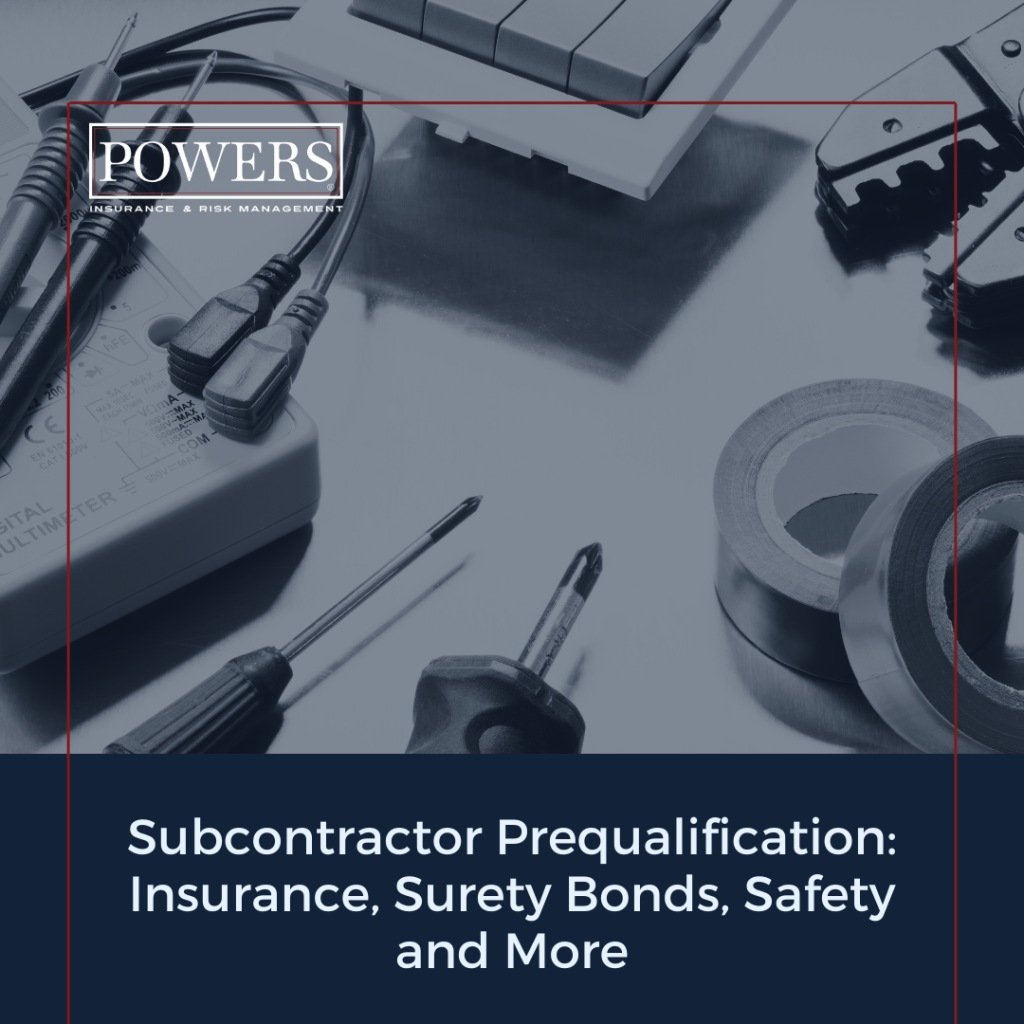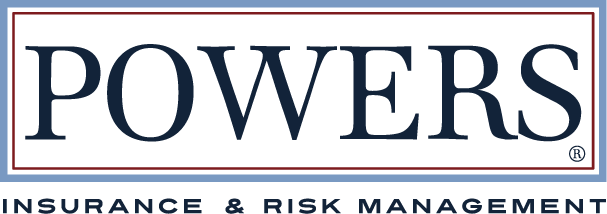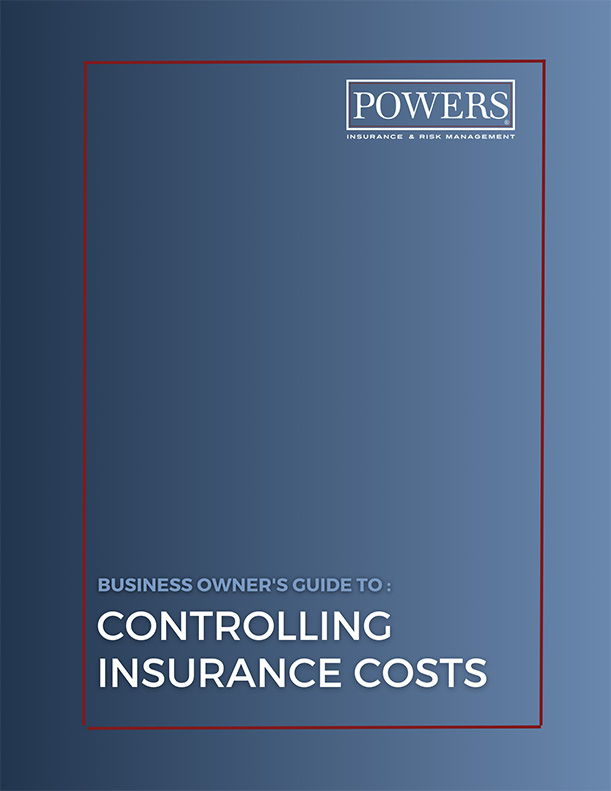In many industries, prequalification is a crucial part of vendor and subcontractor selection. This process helps companies reduce risk by identifying skilled, reliable partners.
In construction, subcontractor prequalification is routine during a project’s preconstruction phase. However, standardizing this process benefits many industries, from cannabis to manufacturing.
Why is a prequalification process important, and what information should you ask for? Start here.

What is prequalification and why is it important?
Subcontractor prequalification is the process of evaluating potential partners for a project or contract. The goal is to determine which subcontractors have the resources, capabilities, and experience to complete the project.
Benefits of prequalification
Prequalifying subcontractors is important because it helps companies make informed decisions. By having a standardized prequal process, businesses can:
- Reduce the risk associated with working with a third party
- Improve efficiency by weeding out unqualified subs
- Produce consistent results and maintain quality standards
- Build trust between all parties involved in a project
Hiring an unqualified partner can be a costly mistake that leads to project delays, rework, cost overruns, litigation, and reputation damage. Starting the subcontractor selection process with prequalification can help you avoid these costs.
Subcontractor prequalification: 8 essential components
Whether you’re building your prequalification checklist from scratch or just need a quick refresher, consider these eight aspects.
1. General information
Of course, you’ll need to gather basic details about each potential subcontractor, including:
- Business name
- Address
- Year founded
- Geographic work area
- Licenses held
- Union affiliations
- Workforce capacity
2. Compliance
Hiring a non-compliant subcontractor exposes your business to risk. Confirm licenses, permits, and certifications are in compliance with the applicable regulations. Be sure to collect:
- License/permit number
- Certifying agency
- Expiration date
- OSHA compliance records
In addition to legal compliance, some projects have environmental regulations based on the location and type of work. If these apply, or if your company has internal environmental sustainability guidelines, confirm compliance during prequal.
3. Experience and project history
Digging into a sub’s project history helps you understand the extent of their experience in the type of work required for your project. Here are some details to ask for:
- List of projects similar in scope, size, and complexity
- Largest project and average project size
- Percentage of work self-performed
4. Insurance details
Transfer risk to subcontractors by ensuring they meet your insurance requirements. The coverage you require depends on your risk management strategy, but fundamental insurance policies to look for include:
Most companies have minimum coverage limits for each required policy. You may also choose to require specific endorsements, such as:
- Additional Insured: Adds another party (e.g. general contractor) as an insured on the policy
- Primary/Non-Contributory: When the sub is liable, their policy pays out first
- Waiver of Subrogation: Waives the sub’s insurance company’s right to recoup expenses from the hiring party
We also recommend collecting a subcontractor’s claims history. If they’ve experienced a high frequency of claims or any catastrophic claims, it’s a sign to dig for more detail.
5. Surety bonding capacity
In the construction industry, surety bonds are required by law for certain government projects. Many general contractors also require contract bonds as a risk mitigation tool.
Bonds are also becoming more common in industries with perceived high risk, like cannabis. Here are some common types of contract bonds:
- Bid bonds: Protect the hiring party if a bidder wins a contract but fails to sign it or provide the necessary additional bonds
- Performance bonds: Guarantee the completion of a project according to the contract terms
- Payment bonds: Ensure that subcontractors and suppliers are paid if the principal fails to make payments
If you require these or other contract bonds, confirming a subcontractor’s ability to obtain the necessary bonds is often part of prequal. For example, bid bonds can screen out unqualified bidders, since a surety won’t issue a bond to a contractor it believes can’t fulfill the contract.
6. Safety program
A strong workplace safety program helps prevent incidents that can result in employee injuries, costly property damage, and legal issues. Find out if each subcontractor has:
- Written safety policies
- Detailed Standard Operating Procedures
- Regular employee safety training
- Safety incident reporting process
In addition to a strong safety program, when you request the sub’s insurance claims history, look for any significant workers’ compensation claims.
7. Financial health
A subcontractor’s financial stability has the potential to impact everyone they work with. If they run into financial issues halfway through a project, it can lead to delays, disputes, and unhappy clients.
During the subcontractor prequalification process, you can request:
- Financial statements
- Credit reports and lines of credits available
- Details on cash flow management
8. Litigation history
Prior disputes aren’t always a red flag, but a long history of litigation does not bode well for a long-term relationship with a subcontractor.
Investigate any current or historical disputes with clients, suppliers, or subs. Determine the outcomes of past disputes. Look for:
- Labor law or compliance violations
- Early contract termination
- License suspension
- Legal judgments against the business
Any serious concerns in these areas typically disqualify subcontractors from consideration.
Prequalification process best practices
Once you’ve established the information and criteria you need from subcontractors, it’s as easy as creating a prequalification form. Follow these best practices for a smoother process.
Establish prequal criteria – with some flexibility
Establish prequal criteria – with some flexibility
Most organizations set criteria that qualify a subcontractor to continue in the selection process. Setting guidelines is a great way to narrow your pool, but consider allowing some flexibility where it makes sense.
Prequalification is not only about selecting a sub, but also about determining the risk mitigation practices you need upon hiring them. If a potential partner is an excellent fit aside from one askew metric, perhaps you can hire them with a caveat to address the concern.
Request documentation and references
Self-reported information might be fine for the beginning stages of prequalification, but eventually, you’ll want supporting documentation for elements like compliance, insurance policies, contract bonds, and financials.
It can be beneficial to request these documents up front. For example:
- IRS tax forms (W-9)
- OSHA 300A
- E-mod worksheets
- Certificates of Insurance
- Statement of bondability
- Balance sheet
Focus on the project
If all your projects are very similar, a one-size-fits-all prequalification checklist can work well. For businesses with a wider variety of projects, it’s important to adjust your criteria to each project.
Consider all prequalification info within the context of the project’s duration, location, and award size. Large-scale projects with long timelines and hefty budgets might require more stringent criteria than smaller projects.
Pro tip: If you already have a contract drafted for a given project, consider sharing the draft with future subcontractors to confirm their ability to meet all the terms and conditions.
Reduce risk and build lasting partnerships with subcontractor prequalification
An effective prequalification process helps businesses select qualified subcontractors and vendors. Is your prequal checklist reinforcing your quality standards, or does it need a revamp?
Our POWERS experts can help you improve subcontractor prequalification to reduce your third-party risk. Schedule a free 30-minute consultation today.






